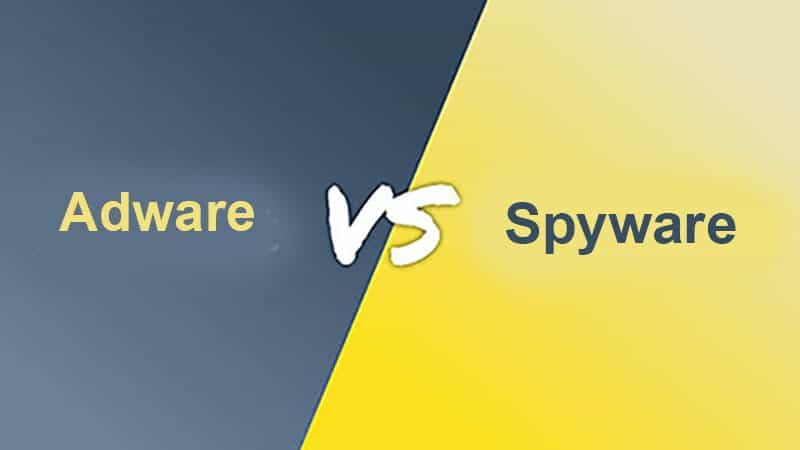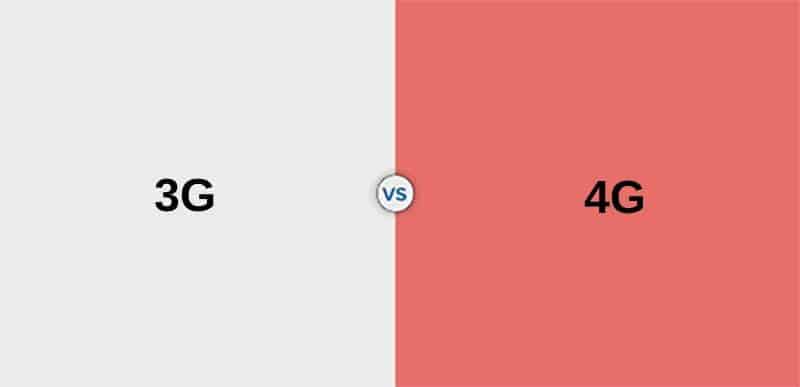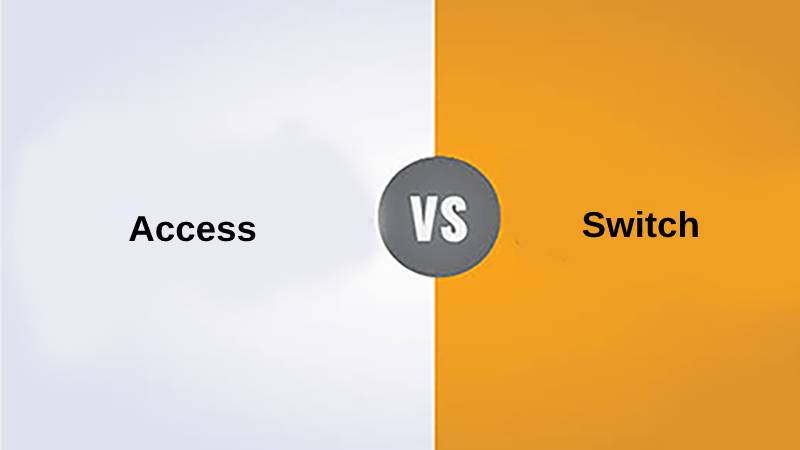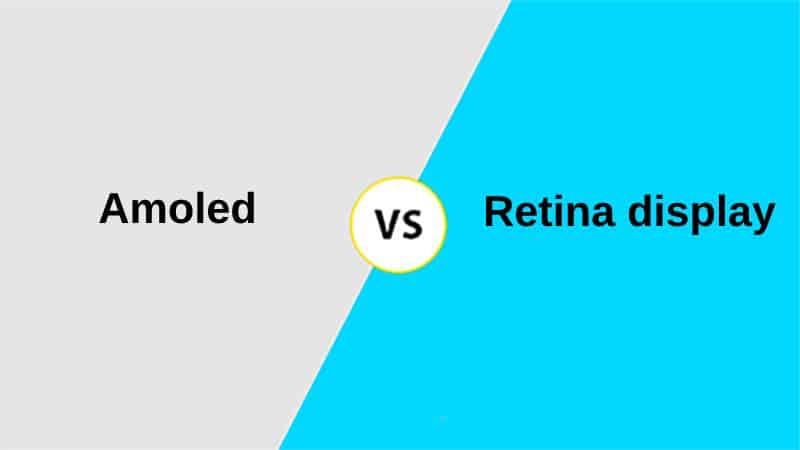DSL is a very popular technique that is used in today’s times all over the world. The full form of DSL is a digital subscriber line. DSL converts telephonic lines into broadband transmission lines to act as a communication link.
The techniques of DSL can be done in two different ways. These different ways are also known as the two variants of the DSL, which are ADSL and VDSL. Though both variants have the same objective, they work differently and have many dissimilarities.
ADSL vs VDSL
The main difference between ADSL and VDSL is that the speed of ADSL is very low compared to VDSL’s. While on the other hand, the speed of VDSL is almost twice that of ADSL’s.
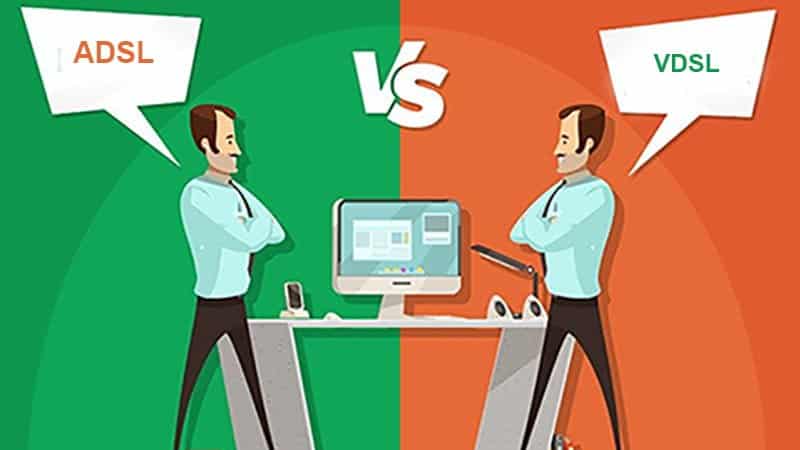
The full form of ADSL is an asymmetric digital subscriber line. As the name suggests, ADSL provides asymmetric or unequal bandwidths in the case of upstream and downstream. That is to say, the speed upstream provided by ADSL will not equal the downstream speed.
The full form of VDSL is a very high-bitrate digital subscriber line. The technique is quite similar to ADSL but has a couple of advancements in it, such as in terms of upstream and downstream speed.
Comparison Table Between ADSL and VDSL
| Parameters of comparison | ADSL | VDSL |
| Full form | Asymmetric digital subscriber line | Very high-bitrate digital subscriber line |
| Speed | The modulation used by VDSL is the discrete multitone technique (DMT). | Both the upstream and downstream speed of VDSL is fast compared to the speed of ADSL. |
| Modulation used | Modulation used by ADSL is either cap carrier amplitude-phase or discrete multitone technique (DMT). | Modulation used by VDSL is the discrete multitone technique (DMT). |
| Common protocol | The common protocol followed by ADSL is PPP. | The common protocol followed by VDSL is ATM. |
| Usage | ADSL is used more extensively as compared to VDSL. | VDSL is used less extensively as compared to ADSL. |
| Type of data | ADSL can handle only asymmetric types of data. | VDSL can handle both types of data, that is asymmetric data and symmetric data as well. |
| Cost | The cost of ADSL is less as compared to the cost of VDSL. | The cost of VDSL is more as compared to the cost of ADSL. |
What is ADSL?
ADSL is an asymmetric digital subscriber line that covers plain old pot (POT) and asymmetric data. The upstream and downstream speed in the case of ADSL is slower as compared to VDSL. However, the technique is still widely used as compared to VDSL. The reason is that ADSL covers a large distance compared to the VDSL technique.
The ADSL technique splits the cable bandwidth into three asymmetrical bands. These three asymmetrical bands are used for different purposes, each with a different bandwidth. The first band is used for telephone services or POT services. The first band has a capacity ranging from a minimum of 0 kHz to a maximum of 25 kHz.
The second band is used for upstream services. The second band has a capacity ranging from a minimum of 20 kHz to a maximum of 200 kHz. Lastly, the third band is used for downstream services. The third band has a capacity ranging from a minimum of 200 kHz to a maximum of 1 MHz.
What is VDSL?
VDSL, the Very high bitrate digital subscriber line, is a bit different technique from ADSL. VDSL uses the Discrete multitone technique, also abbreviated as DMT, as its modulation method. The DMT technique is formed by two different techniques known as FDM and QAM.
VDSL is a much better technique as compared to ADSL. There are many reasons why VDSL is more efficient than ADSL, such as it uses several different bands to customize the speed upstream and downstream such that the maximum possible speed is provided to the user.
Moreover, VDSL also has a higher capacity value than the ADSL technique. However, VDSL covers a short distance compared to the ADSL, which is about 4500 feet.
Main Differences Between ADSL and VDSL
- The upstream speed in ADSL is slow compared to the VDSL, which is about a minimum of 64 KB per second to a maximum of 1 MB per second. On the other hand, in the case of VDSL, the upstream speed is faster than ADSL, which is about equal to a minimum of 1.5 MB per second to a maximum of 2.5 MB per second.
- The downstream speed in ADSL is slow compared to the VDSL, which is about a minimum of 500 KB per second to a maximum of 8 MB per second. On the other hand, in the case of VDSL, the downstream speed is faster than ADSL, which is about equal to a minimum of 50 MB per second to a maximum of 55 MB per second.
- The loop reach of ADSL is about 18,000 feet. At the same time, the loop reach of VDSL is about 4500 feet.
- The application of ADSL can be for internet access, video on demand (VOD) technique, data, and high definition TV (HDTV). On the contrary, the VDSL application is for internet and data access only.
- The ADSL provides service types for POTS-shared lines and data. While on the other hand, the VDSL provides service types for POTS and symmetric data.
Conclusion
ADSL and VDSL are both types of digital subscriber line techniques. VDSL has many advantages over ADSL, such as higher upstream and downstream speeds, support for asymmetric and symmetric data, and more.
However, ADSL is used more widely because it covers more distance. Moreover, VDSL is extremely expensive, and since it covers a smaller distance than ADSL, its speed also decreases if the distance range increases.




